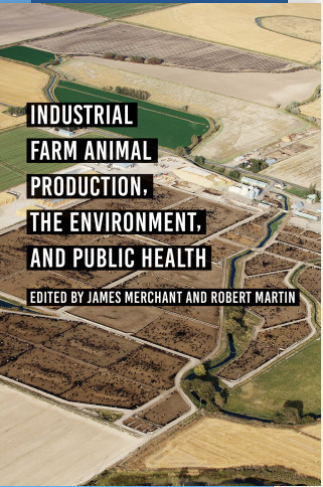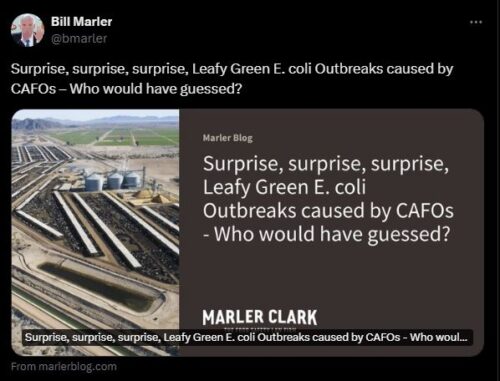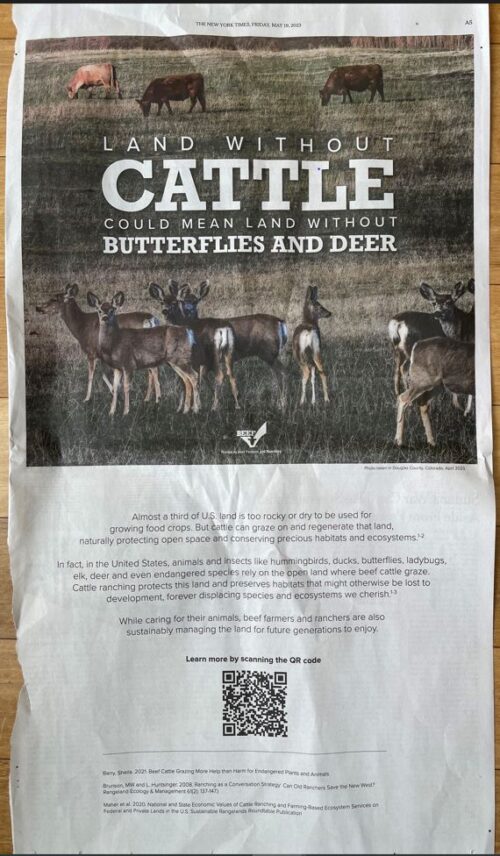Weekend reading: Industrial farm animal production
James Merchant and Robert Martin, eds. Public Health Impacts of Industrial Farm Animal Production. Johns Hopkins University Press, 2024.

I served on the Pew Commission on Industrial Farm Animal Production with both authors about 15 years ago and was happy to do a blurb for their book.
This hard-hitting book defies meat industry pressure and obfuscation to document the devastating effects of its current production methods on the quality of air and water and on human health. It doesn’t have to be this way. Here’s a roadmap for a healthier and environmentally sustainable meat production system.
The book begins with an account of meat industry interference with the work of the Pew Commission and researchers investigating the health and polluting effects of CAFOs (confined animal feeding operations).
Our experience, and that of several of the authors of the 12 chapters in this book, have encountered considerable interference with their academic freedom as exerted directly by industrial agriculture or its pressure on academic administrators. Ensuring academic freedom, unbiased funding and unbiased research is critical to a sustainable environment and to protect the public’s health…. The pressure included industry harassment and intimidation of community residents, industry intrusion seeking to identify study subjects and research records, pressure applied to University administrators, and intimidation and litigation threats.
The multi-authored chapters document the extensive damage to health, the environment, and social justice caused by CAFOs, and recommend ways to deal with it.
Enforcing existing laws about air, water, soil, odor pollution, and animal welfare would be a good starting point.






